I’ve been wanting to feature False Solomon’s seal for a long time. Eileen Miller pointed out a colony of these plants on a visit to Dolliver Memorial State Park in Webster County, I believe in 2015. They were not blooming yet, and I have never found the species close to my Polk County home base, where I could check on it at various stages of development.
Jo Hain came to the rescue this year. An active member of the Iowa wildflower enthusiasts Facebook group, she regularly visited a group of false Solomon’s seal in Cerro Gordo County and forwarded many pictures. All of the photographs below are by Jo.
False Solomon’s seal is usually found in shady areas. Its leaves “are lance shaped with pointed tips, tapered bases, alternate on the stem, stalkless but not clasping,” as described on the Friends of the Eloise Butler Wildflower Garden website.

The stem doesn’t grow straight up from the ground, but is at an angle or curved. It often has a zigzag shape, but not always.

The zigzag is more noticeable in the next two pictures.
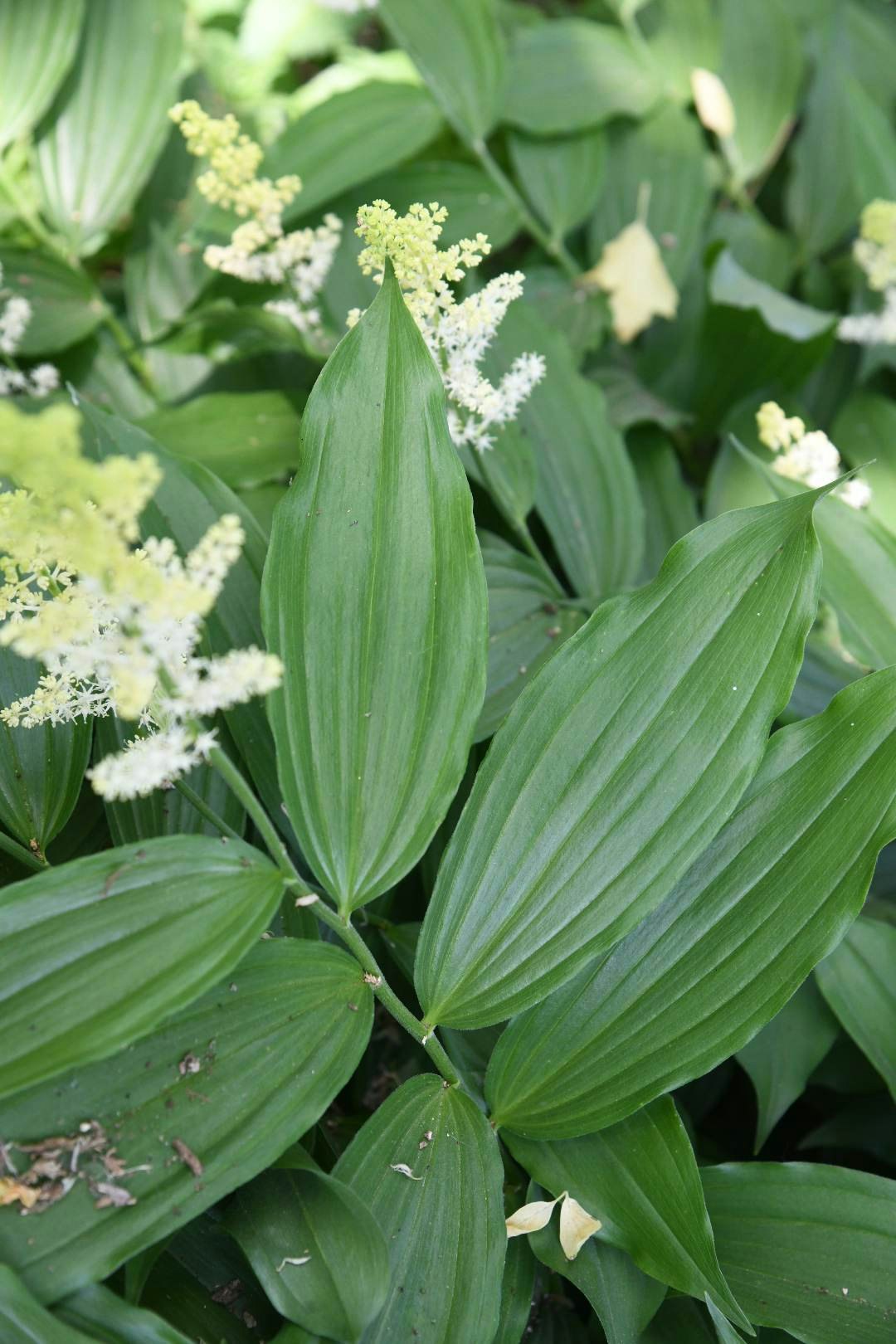
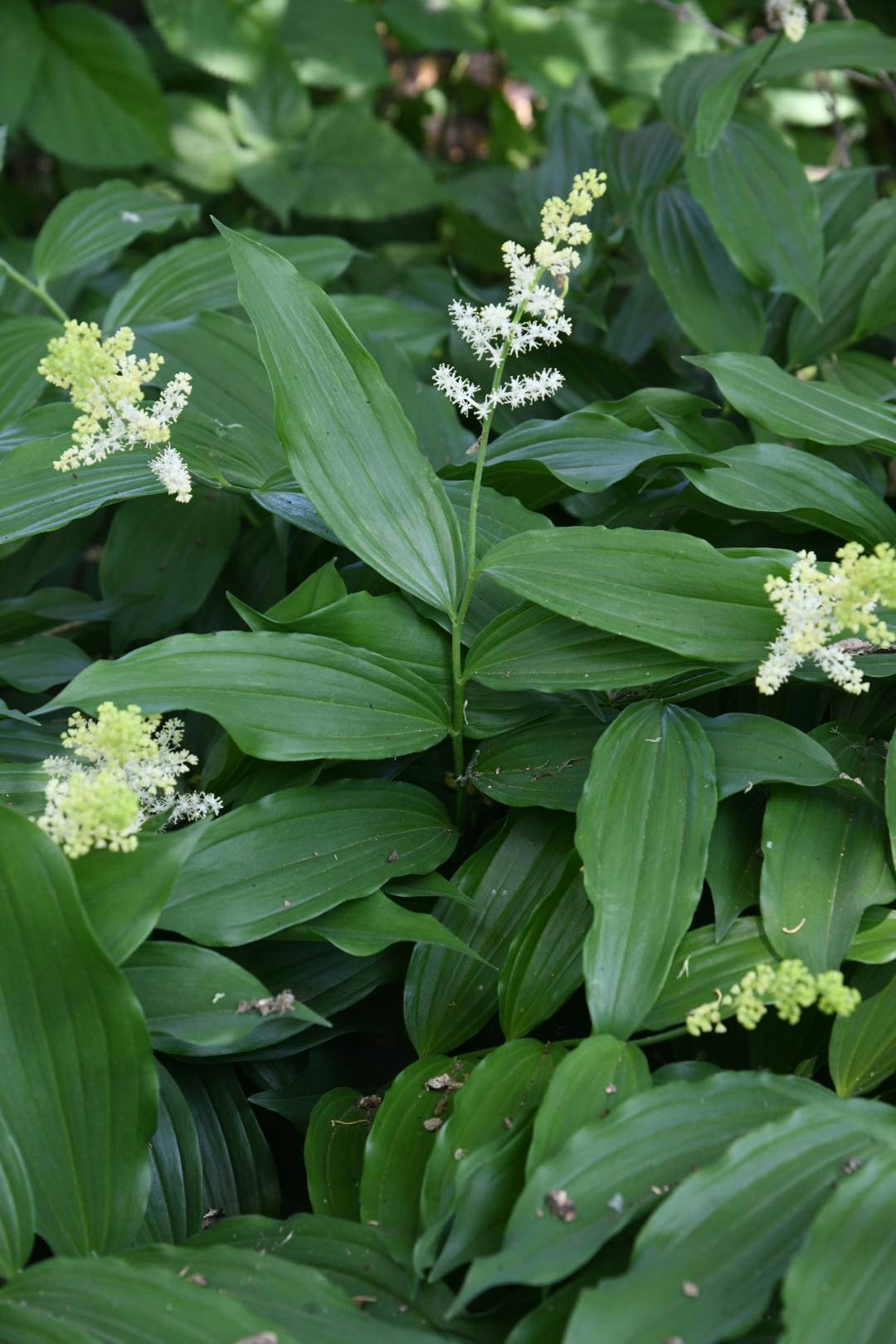
Walking around a pasture in late May, Jo noticed “a soapy smell,” like a “cross between wildflowers and soap.” It turned out to be false Solomon’s seal blooming. These plants can form large colonies.

Solomon’s seal flowers hang below the stems and leaves, but false Solomon’s seal flowers appear in a “plume-like cluster” that may contain between 20 and 80 small white flowers. The flowers on each plume don’t all open at the same time.
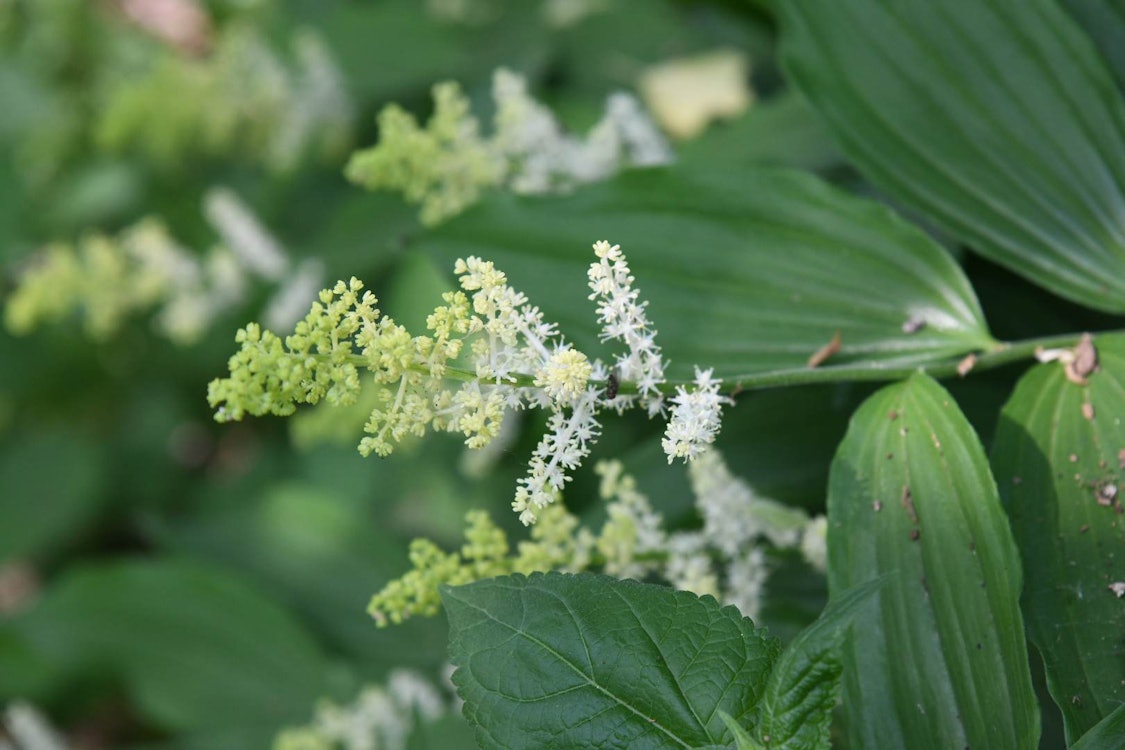
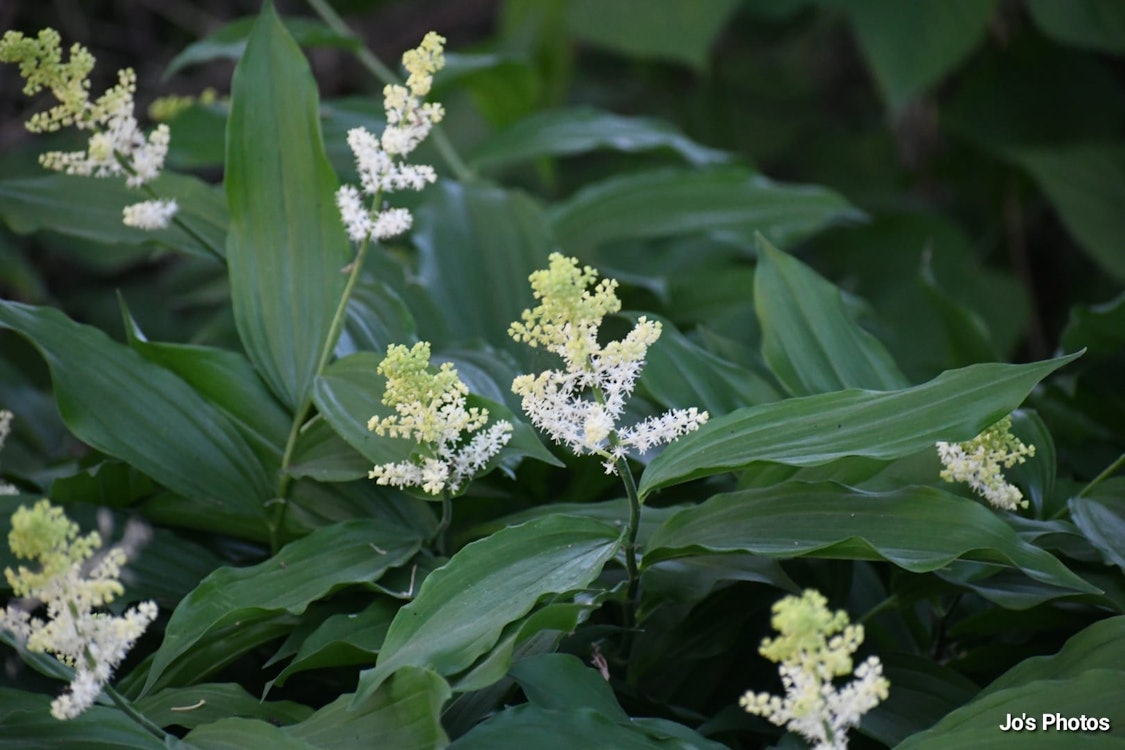
A closer look at buds:
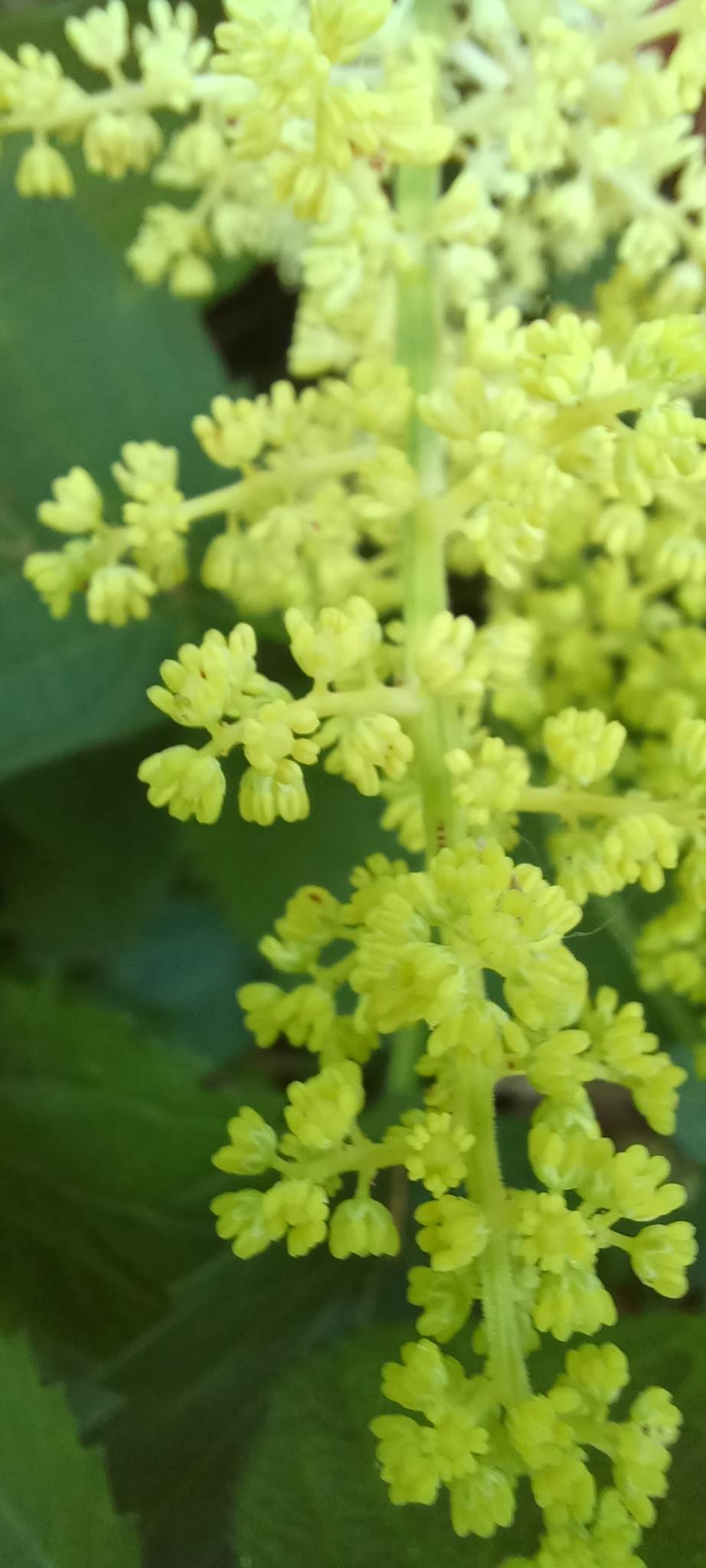
Closer looks at flowers:

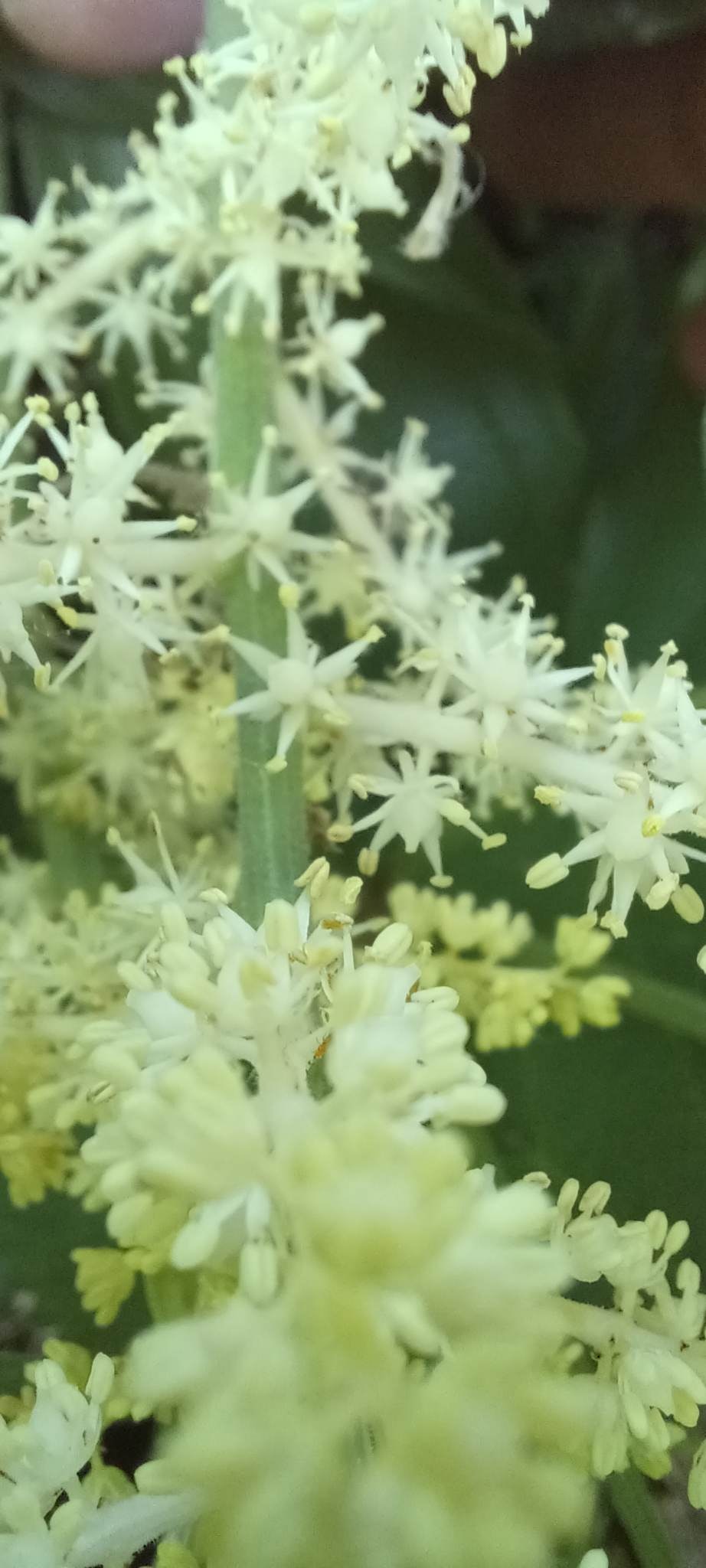
Some of the plumes rise up vertically, while others look sideways.
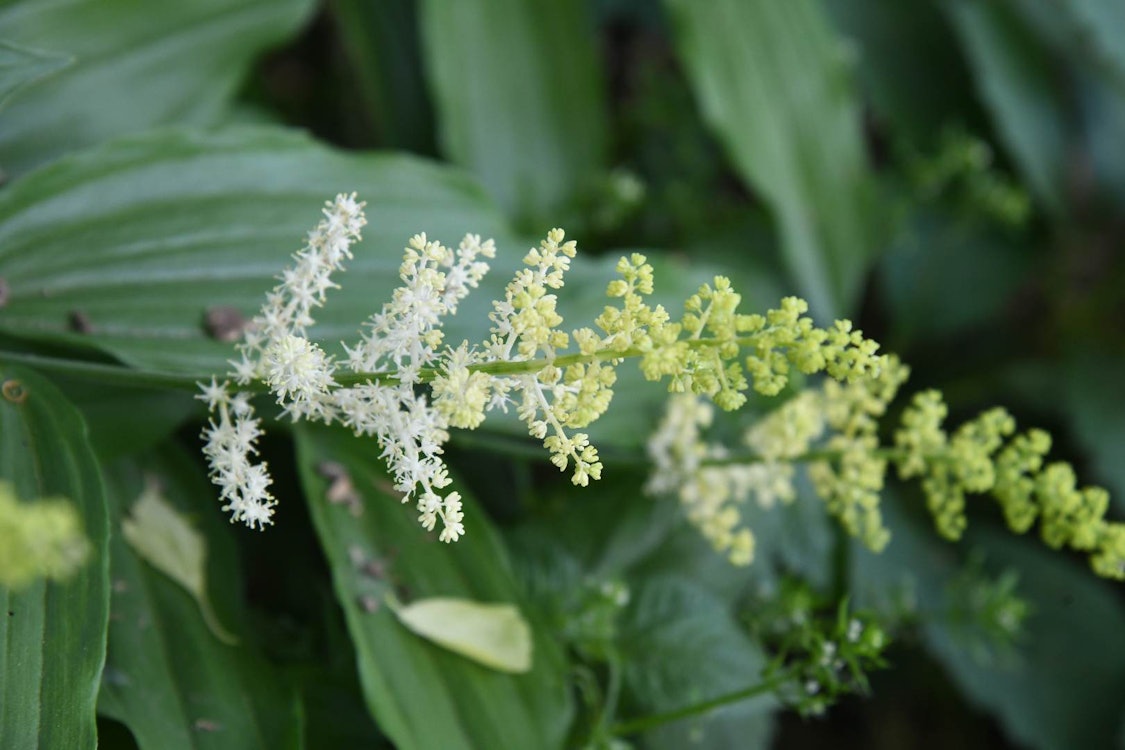
More flower clusters:
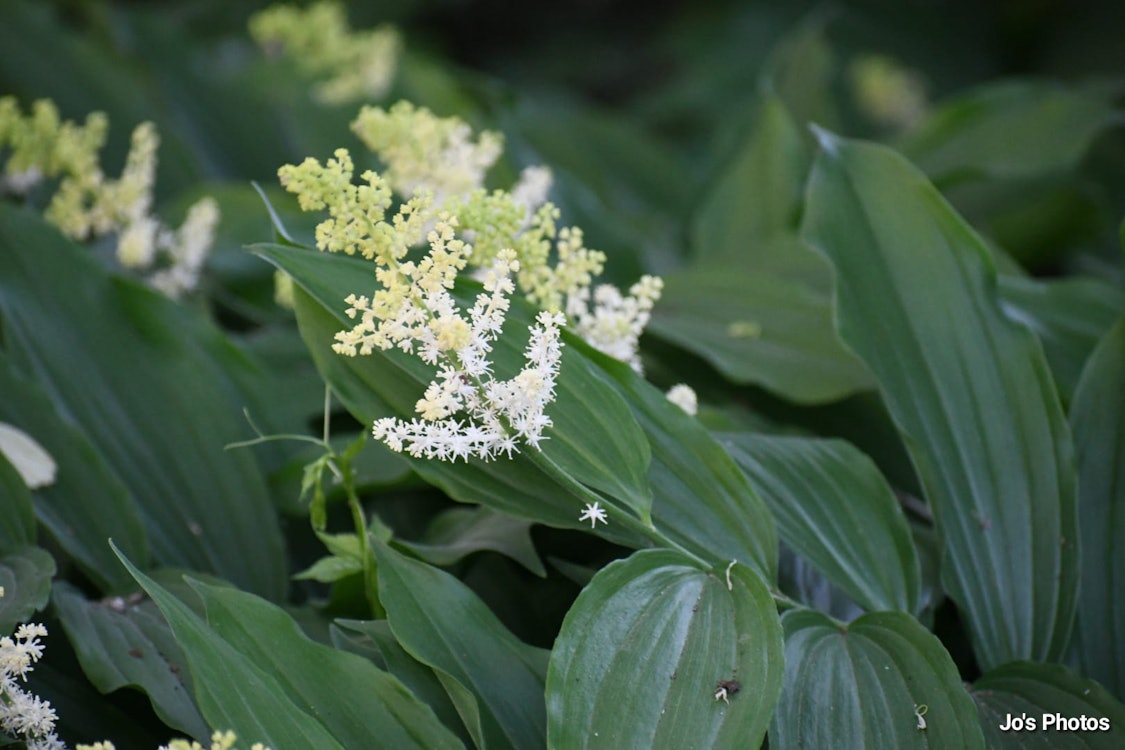
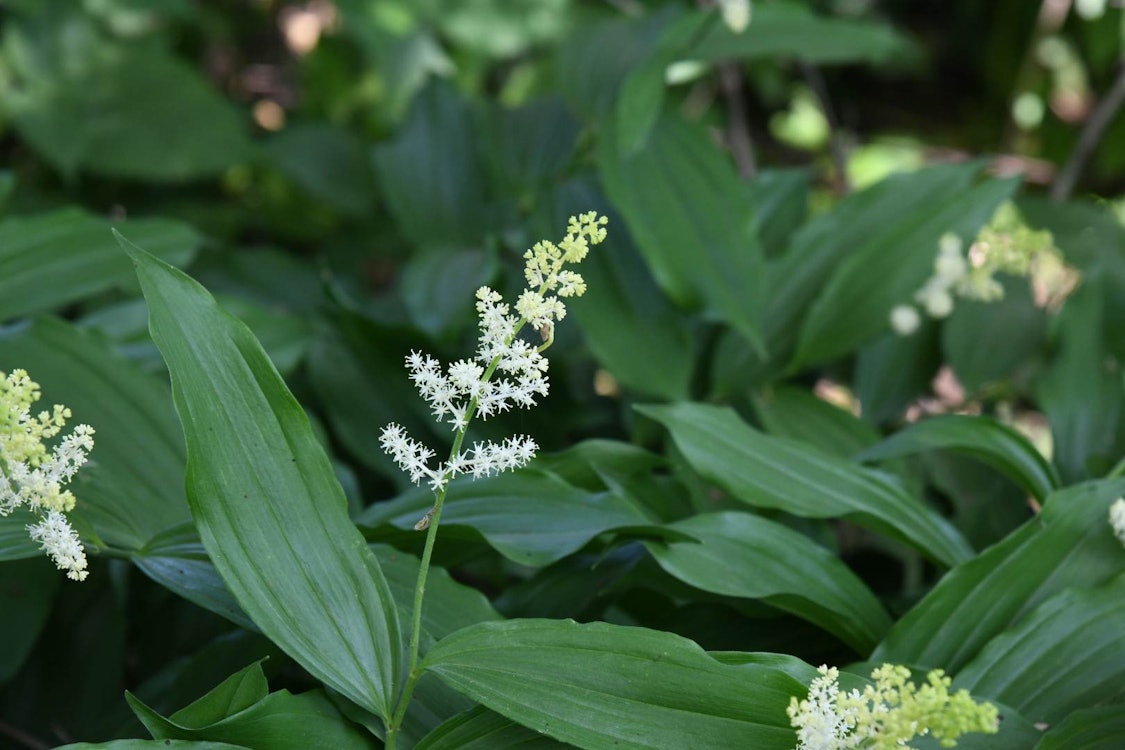
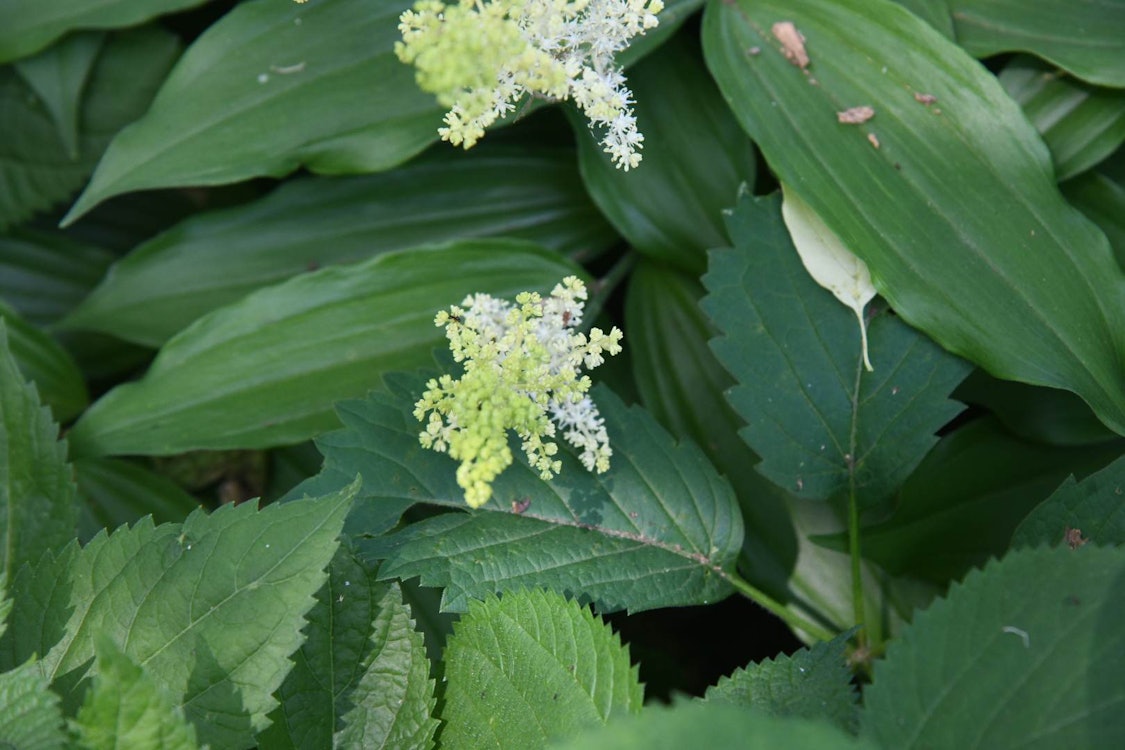
A few tips for gardeners: Illinois Wildflowers says these plants prefer “light shade to partial sun, moist to slightly dry conditions, and a fertile loamy soil with abundant organic material (i.e., decaying leaves). Sandy and rocky soil are also tolerated.” The Friends of the Eloise Butler Wildflower Garden site offers this advice:
False Solomon’s Seal will do well in home gardens if the soil is kept slightly acidic and a bit moist. Since it grows from horizontal thick, fleshy, creeping rhizomes it can make an interesting ground cover. It does not spread rapidly, so it is not invasive. It needs shade for most of the day.
The berries on false Solomon’s seal have a waxy appearance as they develop and will eventually turn bright red in the autumn.
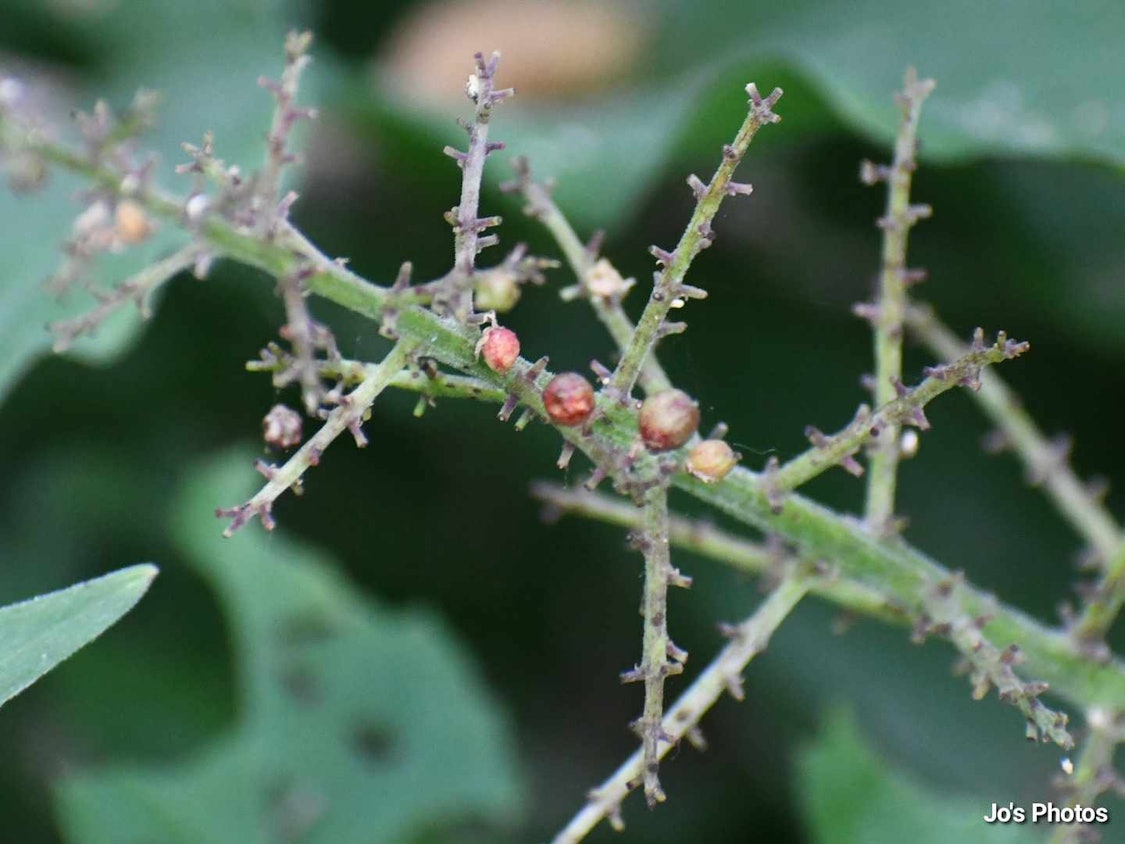
The Illinois Wildflowers website notes that false Solomon’s seal flowers “are pollinated by small bees, flies, and beetles” and “appear to attract more than the usual number of beetles.” Jo found beetles on some plants long after the flowers were gone.
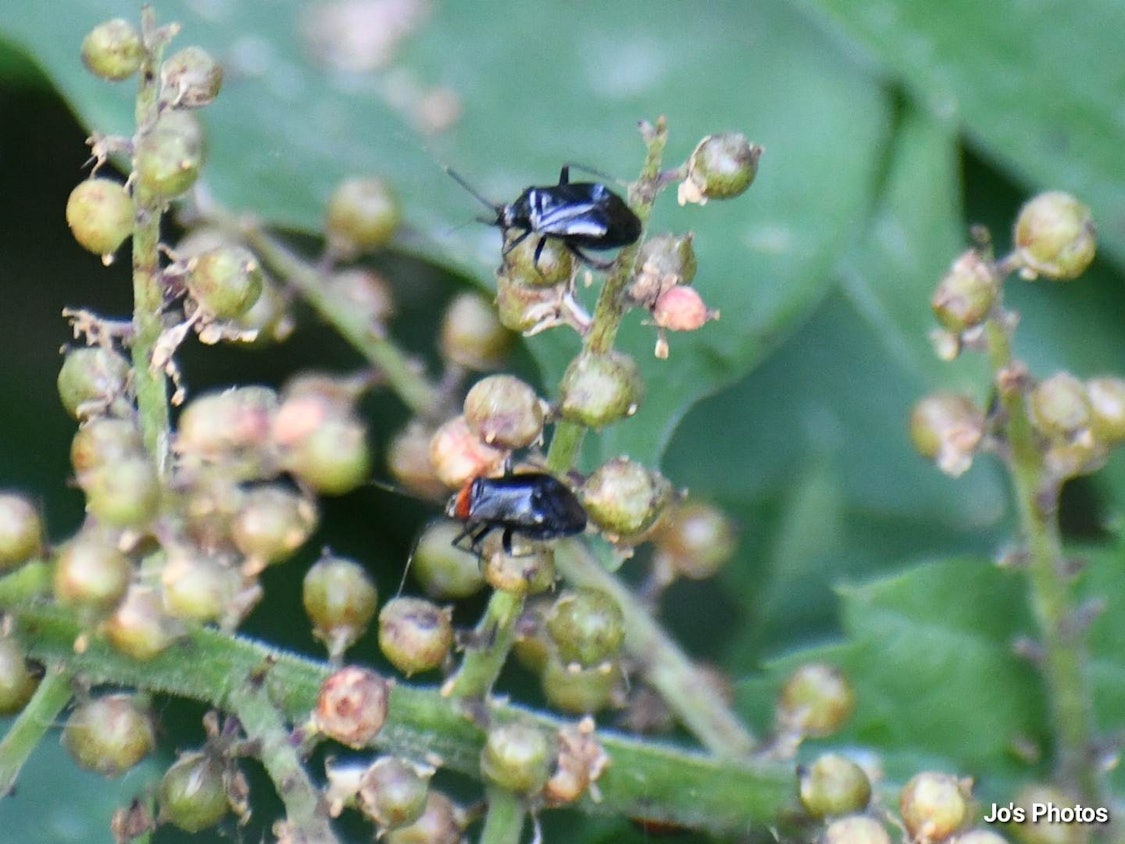
Jo identified this insect as a sawfly.
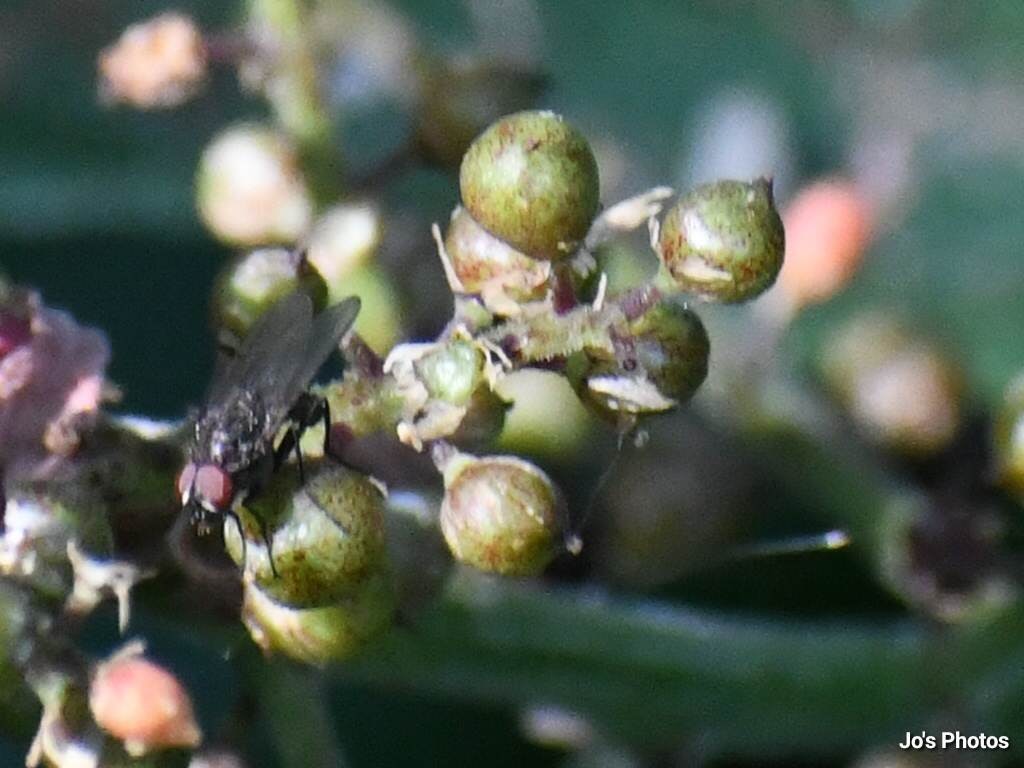
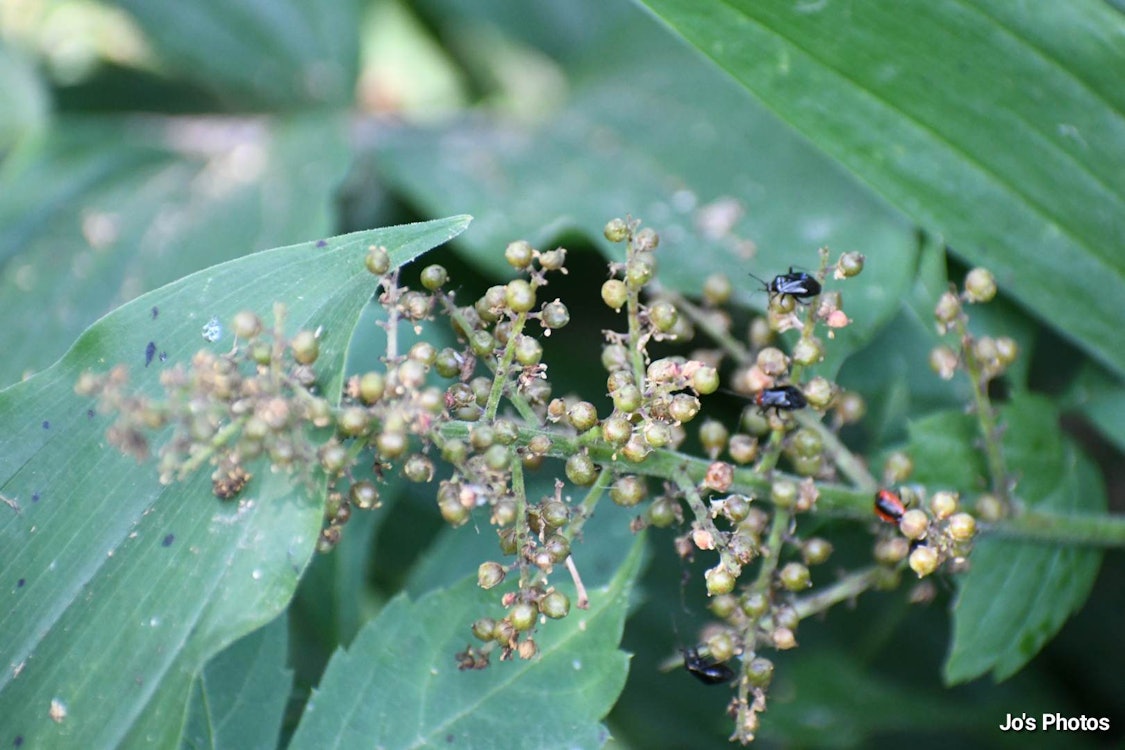
False Solomon’s seal is known by two Latin names: Maianthemum racemosum or Smilacina racemosa (the first has become more accepted since the late 20th century). This species has a few other common names, including Feathery False Lily Of The Valley, False Spikenard, and Solomon’s Plume. According to the Biota of North America Program (commoly known as BONAP), this native plant has been found across much of the continental U.S. It’s “present and not rare” in the lighter green counties.
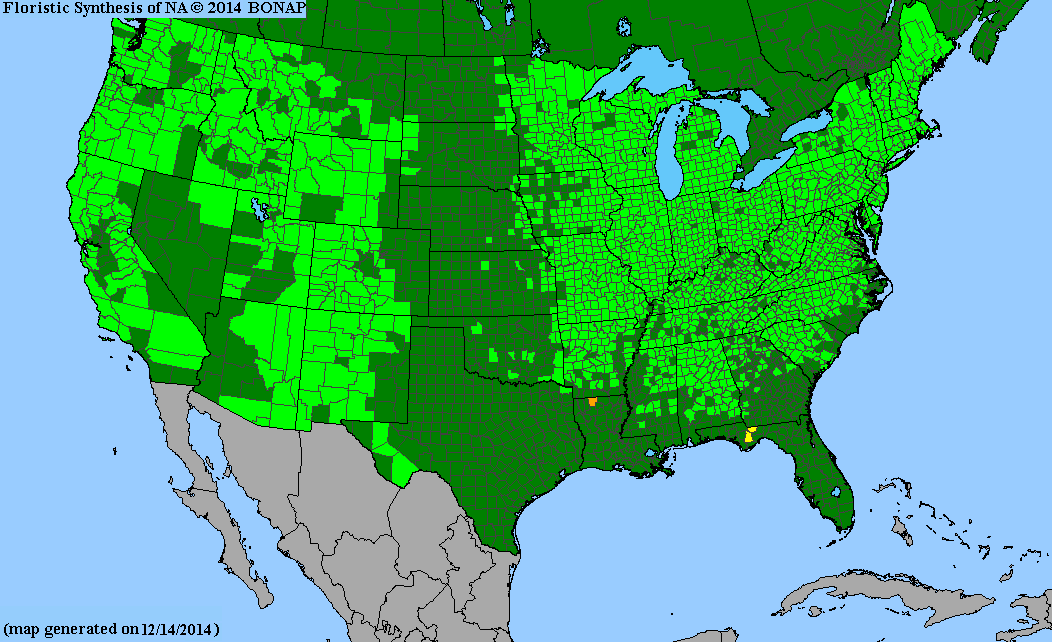

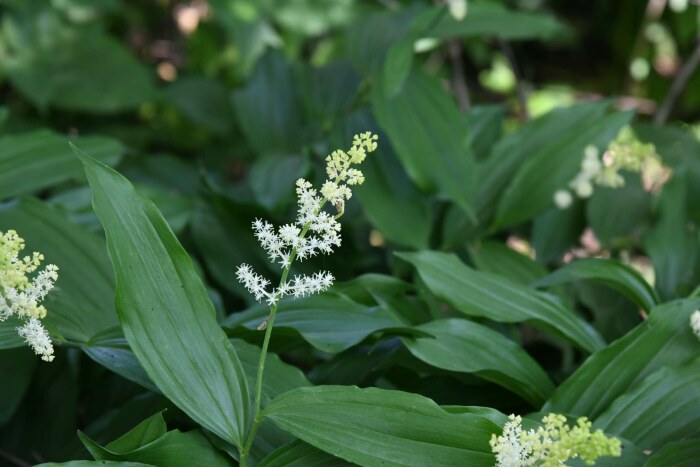
1 Comment
I have happy memories of this pretty flower...
…from time spent in Ohio, Pennsylvania, and Michigan woodlands when I was young. Thanks for the memories.
PrairieFan Tue 25 Jul 2:48 AM